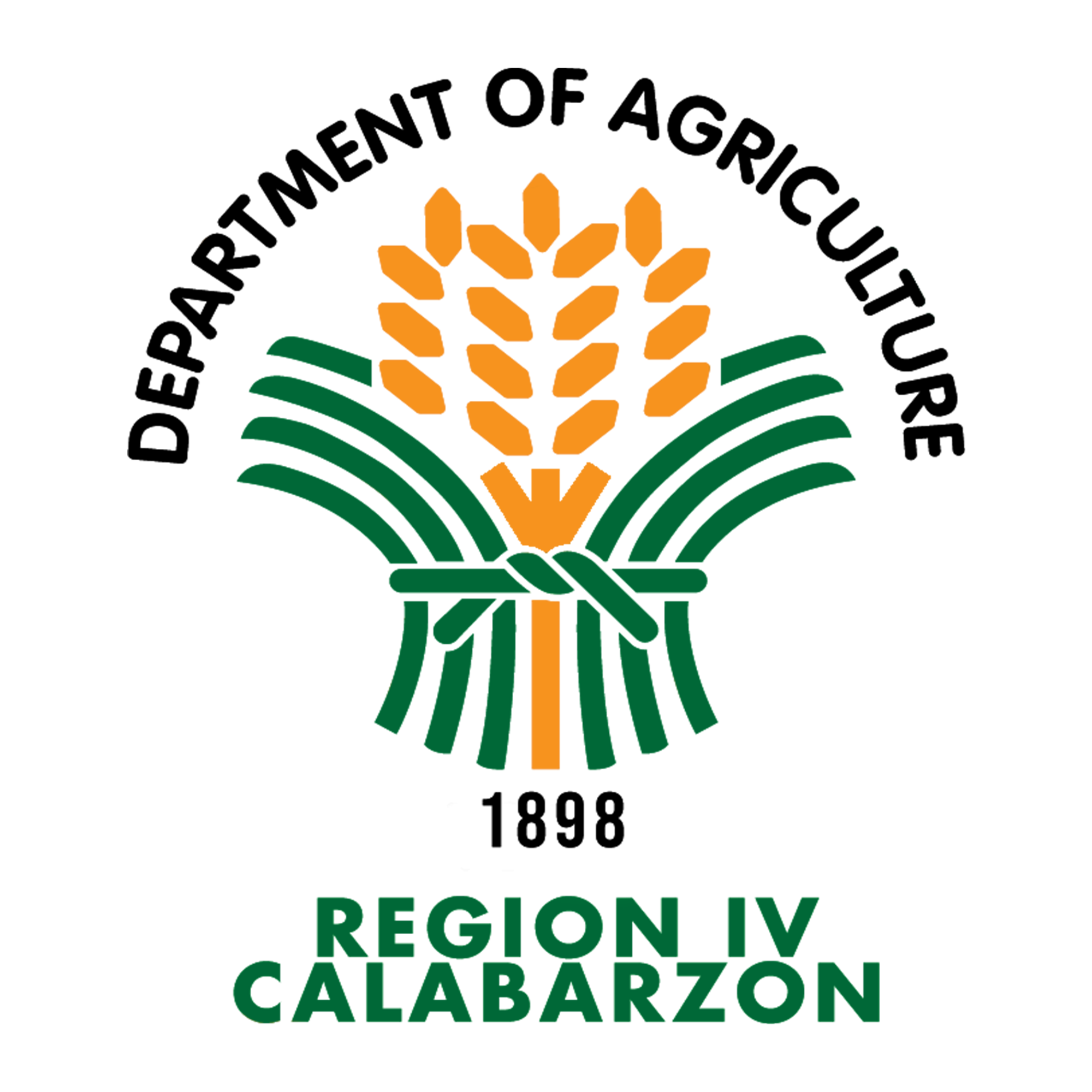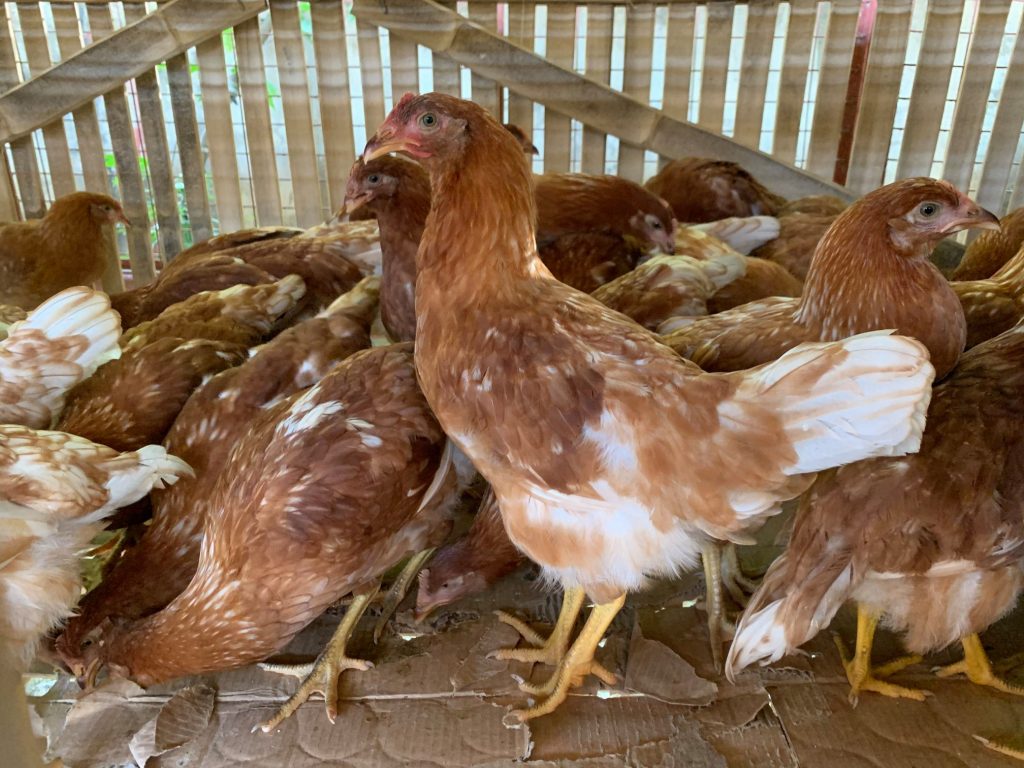Department of Agriculture (DA) Region IV-CALABARZON’s strategy to ward off Avian Influenza (AI) in the region has proven to be effective as the entire CALABARZON remains AI-free to this day.
Through continuous surveillance, monitoring, and close coordination with local government units (LGUs), all provinces in the region remain safe from this deadly virus that affects feathered animals such as chickens, quails, doves, turkeys, and geese, primarily targeting ducks and waterfowls.
Also, with the continued implementation of DA’s strict movement of animals and disinfection at provincial animal checkpoints, the possible manifestation of AI remains under control.
There are several high-risk areas for AI across CALABARZON identified by the regional office. Criteria for the identification of such areas include the presence of duck grazing areas, proximity of the farm to rivers and other bodies of water, the presence of farms with poor biosecurity, unregulated trade in poultry commodities and the rearing of multiple species, and the history of AI.
DA CALABARZON has identified the top five high-risk poultry areas per province for surveillance and monitoring.
In the province of Cavite, the high-risk areas identified are General Trias City and Maragondon; Naic; Imus City and Trece Martires City; Alfonso and Indang; and Dasmarinas City, Silang, and Amadeo.
The high-risk areas of Laguna are San Pedro City and Calamba City; Bay, Victoria, Calauan, Sta. Cruz, and Siniloan; Majayjay; Los Baños and Mabitac; and Pagsanjan, Lumban, and Cavinti.
In the province of Batangas, the high-risk areas are San Juan; Balayan, Calatagan, Lemery, Nasugbu, and Rosario; Lian; Calaca, Tanauan City, Padre Garcia, Taysan, and Lipa City; and San Nicolas and Batangas City.
The high-risk areas for Rizal are Binangonan, Jala-jala, Pililla, and Taytay; San Mateo; Antipolo City, Baras, Morong, Rodriguez, and Tanay; Cardona; and Angono.
Lastly, for the province of Quezon, the high-risk areas are Candelaria; Lopez, Pagbilao, San Antonio, Sariaya, and Tiaong; Lucena City and Mauban; Atimonan and Dolores; Padre Burgos and Tayabas City.
The regional office was able to procure 616 samples from the provinces of Laguna, Batangas, and Quezon, all of which tested negative. Surveillance and monitoring of possible AI cases from other provinces is ongoing in close coordination with LGUs.
AI is a contagious disease of feathered animals caused by the type A virus of avian influenza. This can cause chickens, ducks, geese, quails, doves, and other feathered animals to die suddenly.
AI symptoms include sudden death without any signs, lack of energy and appetite, decreased egg production, coughing, sneezing, and diarrhea. Poultry farmers are strongly advised to be aware of these signs and report them immediately to their local veterinarian.
For any unusual death of poultry, contact DA CALABARZON’s Regulatory Division at (02) 8273 2474 local 4435 and Livestock Program at 0917 831 0446 or visit the provincial, city, or municipal veterinary office. ● (MAP, DA-RAFIS)







 All content is in the public domain unless otherwise stated.
All content is in the public domain unless otherwise stated.